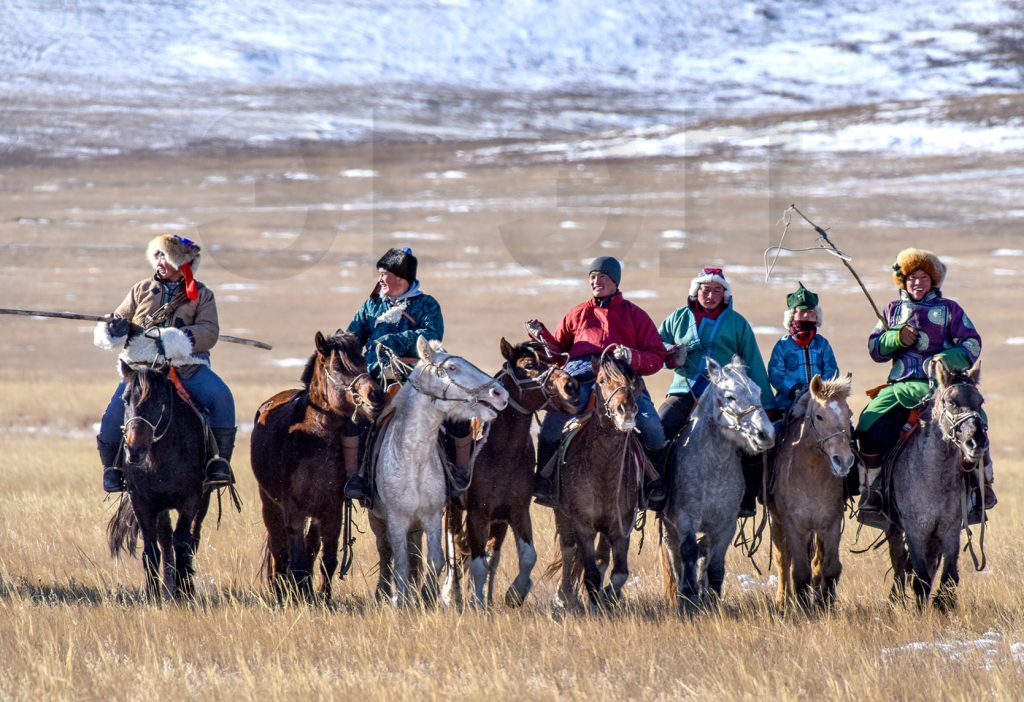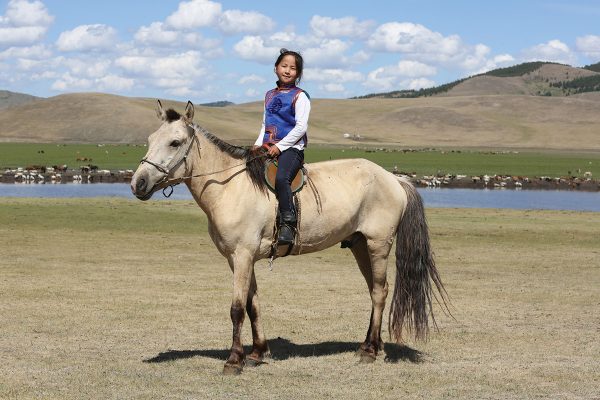Horse racing is a deeply ingrained part of Mongolian culture, and while the most famous races occur during the summer Naadam Festival, springtime horse racing is also an essential tradition. Below is a complete guide to spring horse racing in Mongolia, including history, event details, racing categories, locations, and significance.
1. Overview of Spring Horse Racing in Mongolia
Spring horse racing in Mongolia marks the beginning of the horse racing season after a long, harsh winter. It is a time when young foals and racehorses begin their training, and local communities gather to celebrate the renewal of nature. The races are often held as standalone events or in connection with smaller festivals before the Naadam Festival in July.
2. History & Cultural Significance
- Horse racing has been an integral part of Mongolian nomadic culture for centuries, with traditions dating back to the time of Genghis Khan.
- Mongolians believe that strong horses bring prosperity, and races help determine the best horses for breeding and herding.
- Spring races allow trainers and jockeys to test their horses’ endurance after winter, ensuring they are in peak condition for summer races.
3. Timing & Season
Spring horse races typically take place between March and May, with peak events occurring in April. The exact dates depend on local customs, weather conditions, and specific festival schedules.
Key factors influencing timing:
- The condition of the horses after winter (horses need time to recover from harsh weather).
- The readiness of the steppes and tracks (muddy conditions can make races difficult).
- Local herder communities’ schedules, as they are busy with spring animal births.
4. Locations of Major Spring Horse Races
Unlike Naadam’s grand-scale races in Ulaanbaatar, spring races are primarily held in the countryside, where local communities and horse trainers gather. The most notable locations include:
- Khentii Province (Birthplace of Genghis Khan) – Known for its strong horse-riding traditions.
- Töv Province – Close to Ulaanbaatar, often hosts early-season races.
- Övörkhangai Province – Home to the famous Kharkhorin region with deep historical significance.
- Dornod and Sükhbaatar Provinces – Eastern Mongolia, known for their vast steppes ideal for long-distance racing.
- Bayankhongor & Uvs Provinces – Western regions with strong nomadic cultures hosting local spring races.
5. Race Categories & Distances
Unlike Western-style horse racing, which focuses on short sprints, Mongolian races test endurance over long distances. Spring races typically feature the following categories:
| Category | Horse Age | Race Distance (km) |
|---|---|---|
| Daaga (Foals) | 2-year-old horses | 10-12 km |
| Shudlen (Young) | 3-year-old horses | 14-16 km |
| Khyazaalan (Adolescents) | 4-year-old horses | 18 km |
| Soyolon (Prime racers) | 5-year-old horses | 22-25 km |
| Ikh nas (Adult horses) | 6+ years old | 25-30 km |
Spring races tend to focus more on Daaga and Shudlen categories, as they are seen as preparatory events for bigger summer competitions.
6. The Role of Jockeys
- Mongolian horse racing is unique in that child jockeys, aged 5-13 years old, are used to ride the horses.
- These young riders are lightweight and highly skilled, allowing horses to reach maximum speeds.
- They undergo rigorous training, including bareback riding, and must endure harsh weather conditions during races.
7. Traditional Rituals & Superstitions
- Blessing Ceremonies (Khiimoriin San) – Before races, horses are blessed by shamans or Buddhist monks to bring them good fortune.
- Milk Sprinkling – Mongolian herders sprinkle airag (fermented mare’s milk) on horses for good luck.
- Naming Horses After Wind & Speed – Winning horses often receive poetic names that symbolize strength, wind, or thunder.
- Singing to the Horse – A winning horse is honored with a long song (Urtiin Duu), celebrating its speed and endurance.
8. Weather Conditions & Challenges
Spring weather in Mongolia can be unpredictable, with a mix of:
- Cold temperatures (as low as -10°C in early March)
- Strong winds, especially in open steppe regions
- Sudden snowfalls or rainstorms affecting track conditions
These factors make spring horse racing even more challenging, testing both the endurance of the horse and the skill of the jockey.
9. Impact on Mongolian Economy & Society
- Breeding Industry: Winning horses become highly valuable, influencing Mongolia’s horse breeding industry.
- Community Bonding: Races bring together herding communities, strengthening social ties.
- Tourism Growth: While mainly a local tradition, some tourists visit Mongolia to experience authentic nomadic horse racing outside of the Naadam Festival.
10. How to Experience Spring Horse Racing in Mongolia
If you want to witness spring horse racing in Mongolia:
1. Plan Your Visit
- Best months: April – May
- Closest access: Töv Province (near Ulaanbaatar) or Khentii Province
2. Stay with Nomads
- The best way to experience Mongolian horse culture is by staying in a ger camp with local nomadic families.
3. Hire a Local Guide
- Many races are not widely advertised, so hiring a Mongolian guide will help you find the best events.
4. Prepare for Harsh Conditions
- Wear warm, wind-resistant clothing (spring temperatures are still cold).
- Be ready for long horse rides or off-road travel to reach race locations.
Conclusion
Springtime horse racing in Mongolia is a vital tradition that marks the start of the racing season, deeply connected to Mongolian nomadic heritage. While less famous than Naadam, these races provide an authentic experience of Mongolian horse culture, showcasing endurance, skill, and centuries-old traditions.
If you’re looking for a raw, cultural, and adventurous horse racing experience, visiting Mongolia in spring is an unforgettable journey into one of the world’s last remaining nomadic civilizations.
Would you like recommendations on specific tour operators or local guides for your visit? 😊




